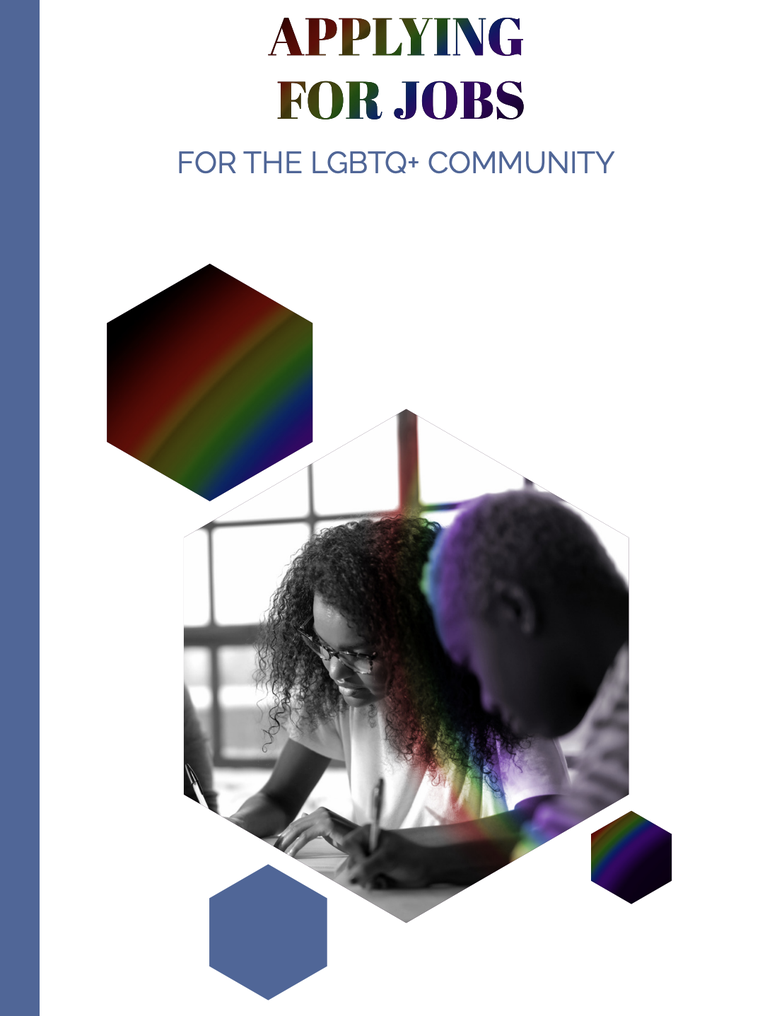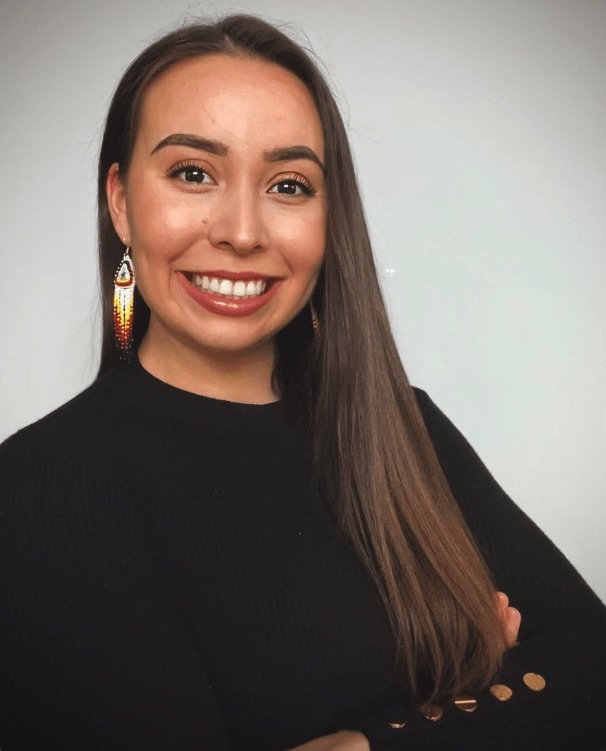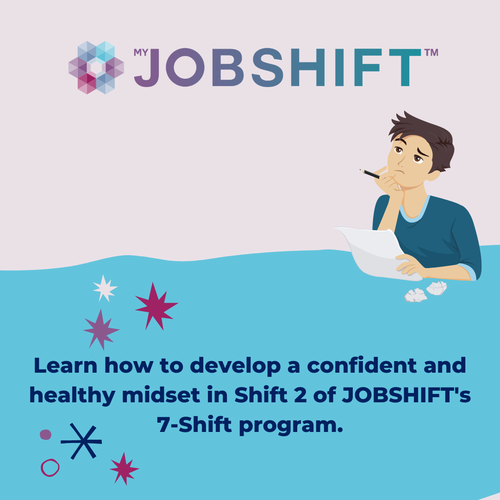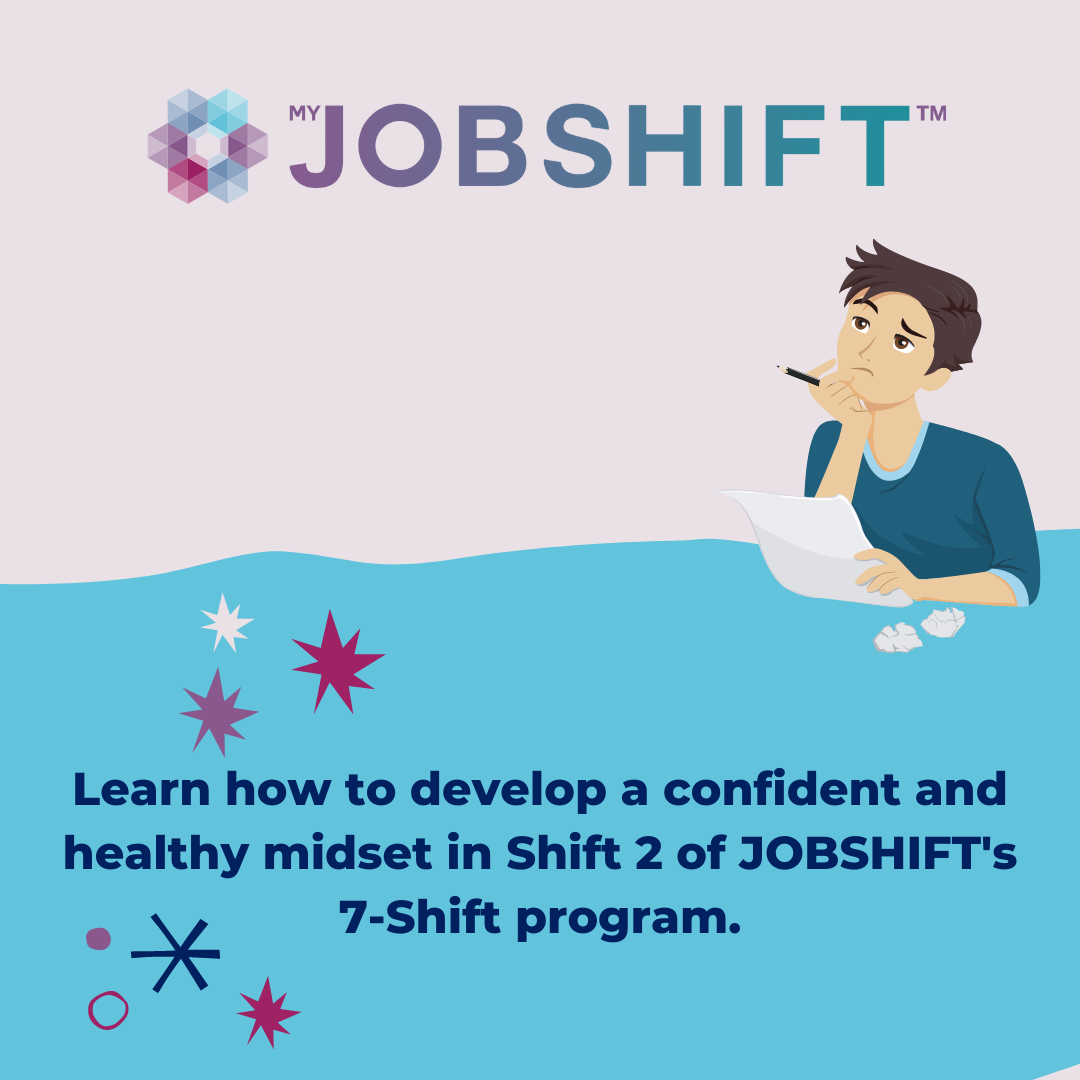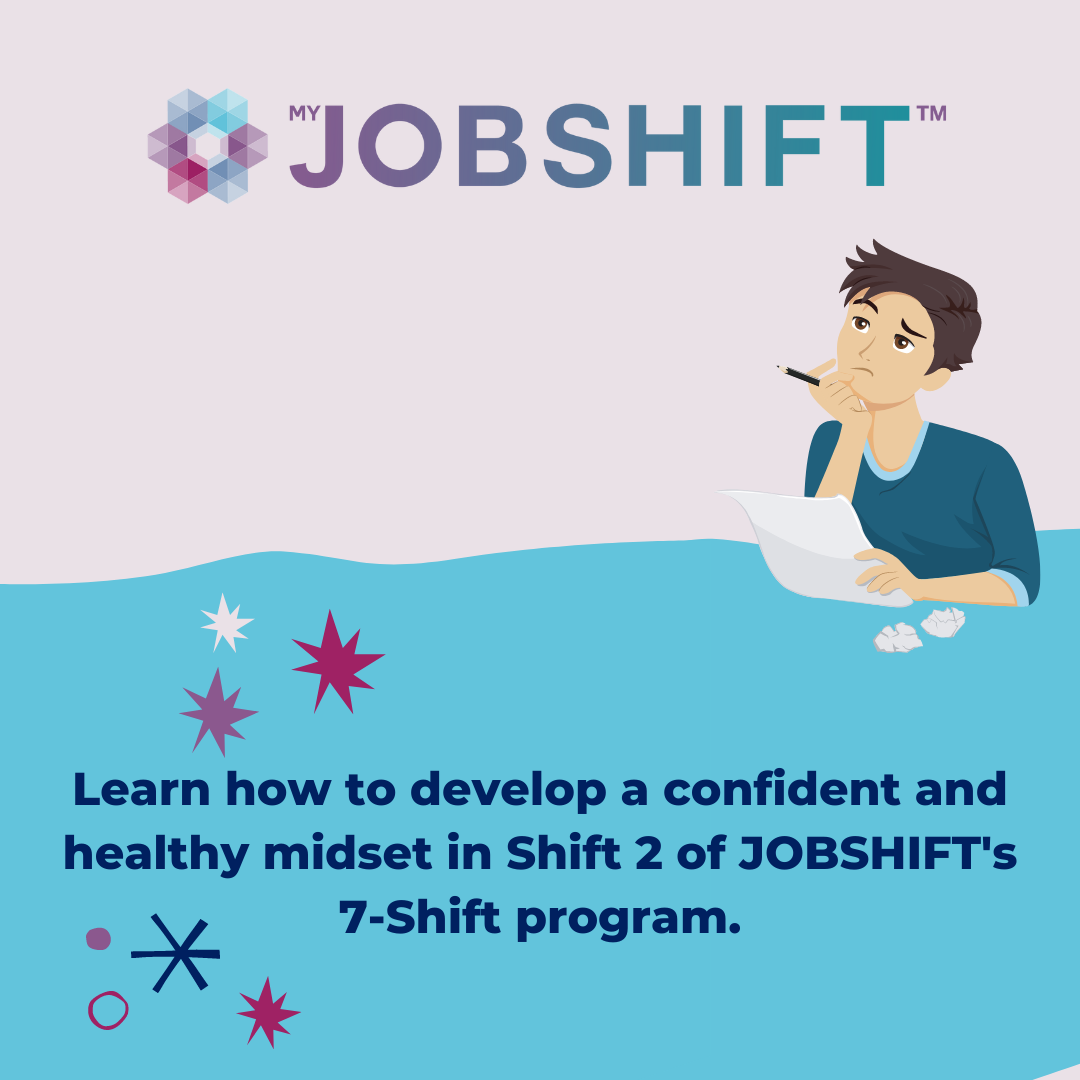
Lay Off Survival Guide
by Taz Rajan @ Bromwich+Smith
KNOW YOUR NUMBERS. Budget seems like a dirty word, but never is it more important than during crisis. To know where you need to go and how to get there, you must first know where you are. Prioritize food, utilities, shelter, and transportation in that order. You need to cover your minimal survival costs first. This baseline will help you with all the other action steps.

APPLY FOR ALL BENEFITS. Find out what benefits you can qualify for and apply for all of those that might work for you. This is a time to be bold and seek out help that is readily available. Do not let pride get in the way. Be sure to understand all the terms & conditions before moving forward.
CUT COSTS. Cut your debt payments to the minimum and see if your can reduce your payments, interest or whether there is a deferral option. It is important to understand the implications of deferred payments and make an informed decision. If you were aggressively paying down debt cut that back to minimum payments only. Also, cut out
any unnecessary spending (time to get real).
GET CREATIVE. Your job is no longer available, work in your field may no longer be available but new jobs are on the rise. Can you find a part-time job, start a side gig or move your work online? Look at selling things you no longer need, dig into your talents and see if you can use them in a creative manner to generate income.
STEP AWAY FROM YOUR NEST EGG. It can be tempting to liquidate assets for cashflow currently. Do not touch your RRSP’s. This is for your retirement and RRSP’s are federally protected from your creditors. Your future self will thank you.
CAREFULLY CURATE CREDIT. This can be a slippery slope. If you have a home equity line of credit (HELOC) or other low interest rate options, hang on to them as a back up. t will be challenging to apply for new credit after a lay off. Do not fall prey to payday loans and other high interest, high fee credit options. If you are already struggling
to get on top of your debt, getting more credit could get you into a deeper hole. If you have taken all the precautions and have some available credit just in case, it could be valuable. These are extremely challenging times. You are not alone; it is okay to not be okay and there is help.
If you find yourself still struggling financially after taking all the steps outlined, reach out to a federally regulated Licensed Insolvency Trustee like Bromwich+Smith for a free debt forgiveness consultation. You can get your free consultation by calling 1.855.884.9243 press 1 or visit us at www.bromwichandsmith.com to learn more.
LGBTQ+ Community Members Guidebook for Job Seekers
by Calgary Outlink
The World of Job hunting can be complicated. This guidebook offers some great insight into navigating the world of jobs as a member of the LGBTQ+ community. You will learn how to craft an effective resume and cover letter, highlighting references and previous experiences, and understanding your transferrable skills. You will also learn some tips for navigating different workspaces whether safe or not and how to deal with those situations.
"Jacey was met with doubt when she self-identified as Indigneous. Throughout school, she experienced hostility about her Indigenous roots, which made a profound impact on Jacey’s confidence. 'I struggled a lot with imposter syndrome, I didn’t really feel like I belonged."
Jacey, Engineer and member of the Piikani Nation within the Blackfoot Confederacy in Southern Alberta
Cultural Identity and a Confident Mindset
Published June 21, 2021 by Suncor
Sitting in her apartment in Thunder Bay, Ont., Jacey Bonertz recently started her work term through Suncor’s Indigenous Student Program. Jacey is working with the Asset Integrity Team, which ensures pipelines are functioning safely and as they should, until the end of August as part of her studies with Lakehead University.
This is Jacey’s third work term within the Indigenous Student Program. Her first placement was in 2018 when she was placed in Fort McMurray as an engineering diploma student.
“I was terrified to say the least about coming into my role with Suncor for so many reasons,” explains Jacey. “I worried I wasn’t Indigenous enough for the Indigenous Student Program, I didn’t feel smart enough to be an engineer and I was worried about being in a new town where I didn’t know anyone.”
Jacey’s worries were soon gone when she met other students in the program. They developed a hard and fast bond over shared experiences and worries.
“That 2018 placement was a turning point for me and my identity,” says Jacey. “It was the first time my feelings were validated. I really felt like I wasn’t alone. I ended up making my best friends that summer, all through the Indigenous Student Program.”
Born and raised in Pincher Creek, Alta., Jacey is a member of the Piikani Nation—part of the Blackfoot Confederacy in Southern Alberta. While she grew up near the reserve and spent time there, she says she wasn’t really connected to her culture.
Her Indigenous roots stem from her maternal grandfather, who was a residential school survivor and passed away long before Jacey was born. As a result, Jacey didn’t receive the traditional knowledge her grandfather would have passed down to her. And when Jacey’s own father passed away when she was young, she clung to his non-Indigenous side of the family.
Quick Facts and Resources For Indigenous Youth Seeking Employment
-
About 44% of the Indigenous population is under 25 years old, compared with 28% of the non-Indigenous population. The employment rate among off-reserve Indigenous youth in May 2021 was 45.9%, compared to 51.6% for non-Indigenous youth.
-
In April 2020, the Government of Canada invested $492 million over three years for 269 projects across Canada to help young people facing barriers to employment successfully transition to the labour market. To learn more, click here
-
Canada Summer Jobs is part of the Youth Employment and Skills Strategy (YESS) program, which helps youth gain the skills and experience they need to successfully transition to the labour market. The program strives to give young Canadians between the ages of 15 and 30 paid work opportunities so that they can grow professionally and improve their skills in the not-for-profit, small business and public sectors. It also supports the delivery of key community services to Canadians. This year’s national priorities included organizations that provide service to Indigenous youth.
-
The Indigenous Skills and Employment Training (ISET) program is a distinctions-based labour market program designed to help First Nations, Inuit, Métis and urban/non-affiliated Indigenous people improve their skills and meet their long-term career goals. The program funds a network of over 110 Indigenous service delivery organizations with over 650 points of service to provide Indigenous people with training and supports to improve their skills and secure employment. To learn more, click here.
